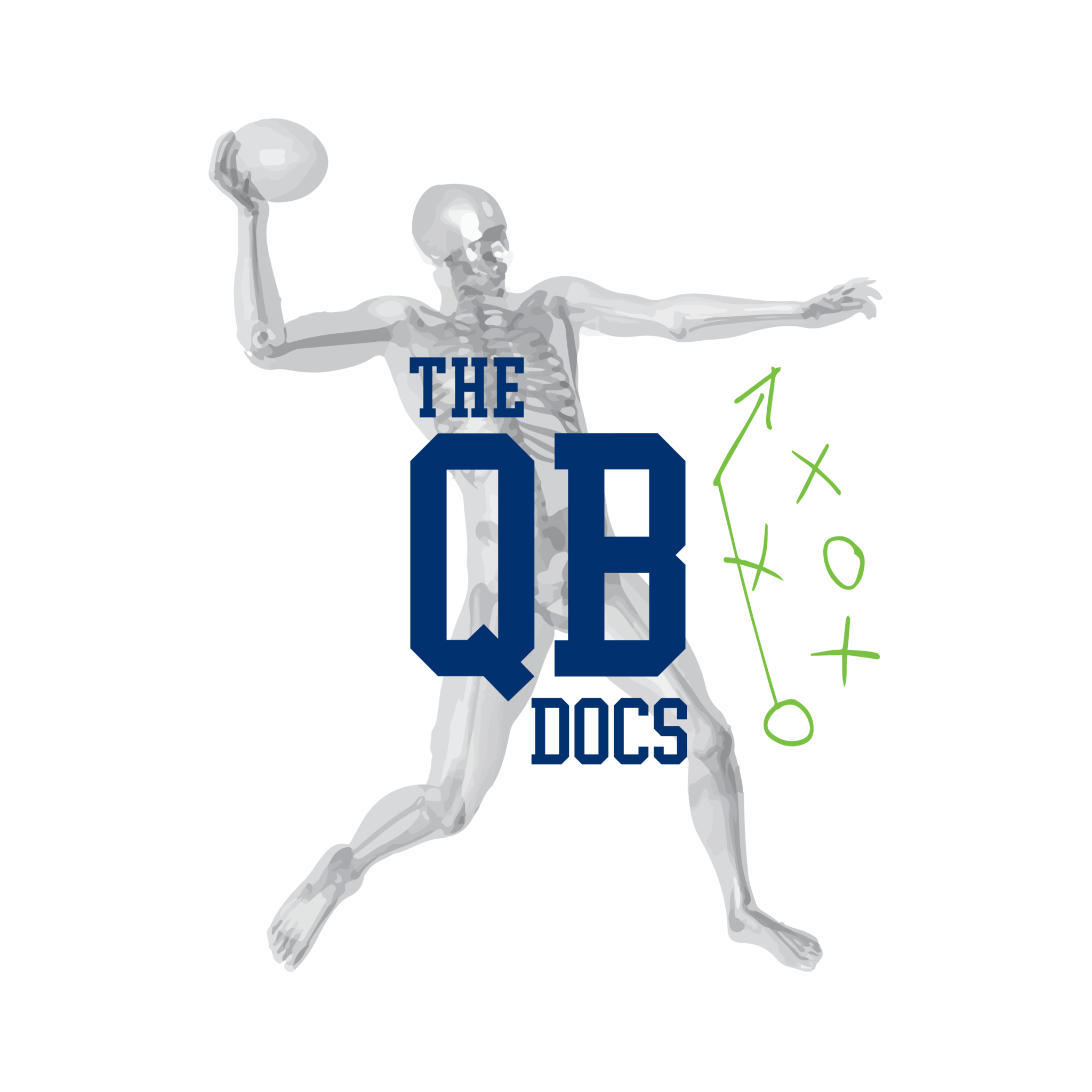When looking for a new car, do you ever buy one that needs work done to it? What about when you buy a microwave, computer, or printer? Whenever we buy complicated pieces of machinery that need a variety of systems to work simultaneously, we generally don’t buy items that need work done to them. Well, have you ever thought about this from a human body perspective? How do you know if you are functioning well as a human? The human body is the most complicated system of systems that exists in the universe. With that said, our bodies are also master compensators. If one area of the body starts to break down, then another part starts to make up for it to make the system run. What does this mean for quarterbacks? Well, you better check out today’s blog post to see why this topic is a lot more important than what you think!
We have had the privilege to be on several college campuses using our QB Performance Screen on their quarterbacks. Many of the impairments that we see with these guys are the same across the board. This is largely due to our sedentary society, but also due to the culture of the weight room in the football arena, as well as the movements that are necessary to perform the quarterback position. Today, we want to show you two areas that ALWAYS need to be screened in order to have success!
1. Hip Extension Range of Motion
Nearly every single quarterback that we have evaluated at the college level has had an issue in hip extension range of motion. Why would this be an issue? Well there’s multiple reasons. First, let’s define what hip extension is and what it looks like.
Hip extension is the ability to bring the hip back behind the rest of the body while still maintaining neutrality through the trunk. Ideally, human beings have about 20 degrees of hip extension. How much do most of the guys that we work with have? Umm, let’s try 5 degrees! This becomes especially important during the acceleration phase of the throwing motion. When trying to produce force from the ground up, the hip has to extend to be able to use the gluteal musculature properly. This allows energy production and transfer to the torso which is then going to transfer that energy to the throwing arm. If there isn’t proper range of motion in the hips then the body will compensate in a variety of ways. Have you ever seen a quarterback with a really arched back during the throwing motion? Most likely you have! What about a forward trunk position and a lateral lean during the acceleration phase? These are all caused by the hip flexors being too “tight”, therefore not allowing the hip to mechanically perform the right way. Well, how do you know if you have this issue? We have the answer below in our video of how to screen yourself to see if you have proper hip range of motion through extension!
2. Thoracic Spine Rotation
Do you ever miss high when throwing on the run? Do you have problems throwing on the run to your left? I would say that 80% of quarterbacks would answer yes to both of these questions. Let’s take a look at what the thoracic spine is in the body.
The thoracic spine is unique in it’s ability because it can flex/extend, and also rotate based on the way the facet joints are aligned. The thoracic spine also has 12 segments, therefore making it the longest segment of vertebrae in the human body. Why is this important? It’s important because this is where quarterbacks need to be able to move during upper body rotation.
Quarterbacks need to be able to have their hips going one way while they are running towards their target when throwing on the run. At the same exact moment, they need to be able to rotate their upper body to throw the football while staying on the move in order to produce enough power on throws to get the ball to the receivers. The problem here is that most quarterbacks have thoracic spines that don’t rotate like they should. Once again, our bodies do an extremely good job of compensating for the loss of range of motion. Once we hit the “rotational wall”, quarterbacks will tend to over extend their low back which is not what we want! This causes the trunk to be unstable and the front shoulder to now pop up. This means decreased stability and also decreased accuracy on throws! The next time you watch a football game, pay attention to how many throws are missed high when guys roll out to the left! It’s a ton and this is why! Do you want to see how you can screen this common impairment? We will give you an easy test right here if you click below!
Guys, these things matter! You wouldn’t buy a car if the brakes weren’t in the car and the back right tire was flat would you? It’s the same case for the quarterback position. You can’t expect to hit your performance ceiling if you present with a lot of these issues! Use these videos to assess yourself and then use our youtube channel at The QB Docs to fix these problems. If you have questions, you can always reach us at [email protected] or at 812-343-4226. If you want to be screened, we can do it! Get in touch with us.
-Drew Kiel PT, DPT, CSCS
